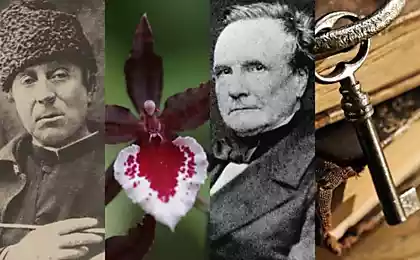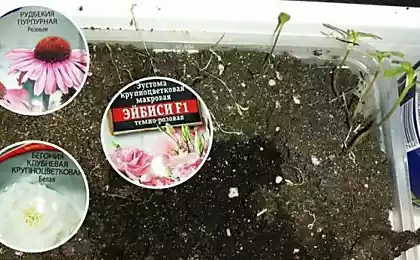598
Floret blood-scarlet: 10 facts about Russian wildflowers killer
Well, admittedly, that the Site a bit exaggerated in the title: as long as these flowers grow in the fields, they are very safe. Danger togoda begins when their juice, roots, leaves or other parts come into contact with humans. In general, look at them carefully and avoid tear these plants. 1. Delphinium or larkspur 68,606,907
Delphinium causes depression of the central nervous system with simultaneous action on the gastrointestinal tract, and cardiovascular system. In toxic doses, respiratory paralysis occurs accompanied by lesions of the heart.
2. Cicuta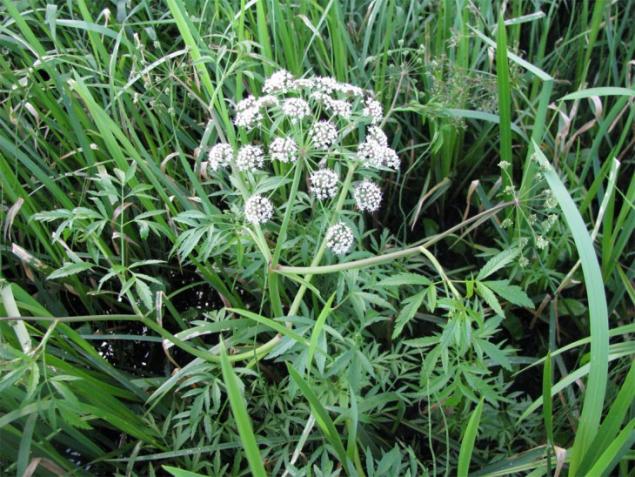
This plant in the form of so innocently: white flowers, gathered in an idyllic umbrellas. But when using the juice of this plant begins severe abdominal pain, drooling, vomiting and diarrhea, followed by - convulsions, which may lead to respiratory arrest and cardiac
3.. Hemlock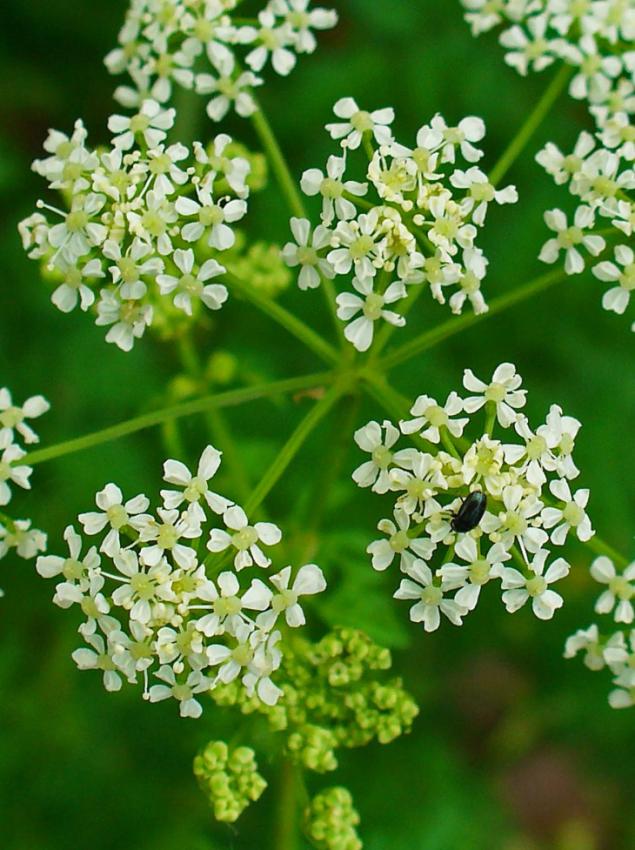
Once in the human stomach juice (or broth) hemlock causes nausea, often - vomiting and diarrhea. There is a gradual loss of sensation and paralysis, starting with the feet. Hemlock takes only two hours to deal with the victim.
4. Digitalis purpurea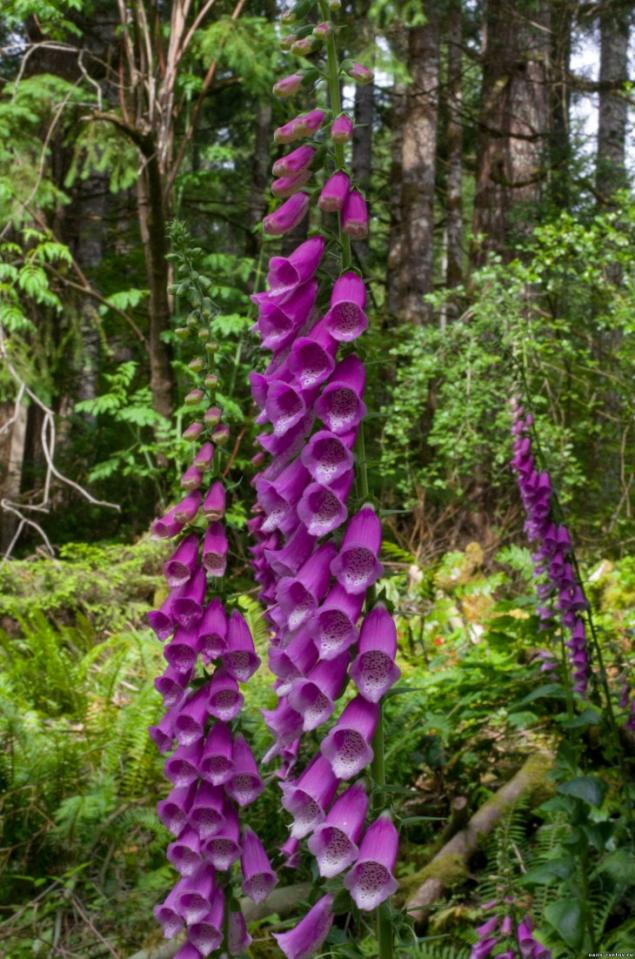
The most common foxglove flashes in detective stories by Agatha Christie. In her story "Dead grass" digitalis caused the death of a young girl and other ailments heroes. The plant was mixed with onions, and the resulting mixture stuffed with duck.
5. Belladonna
The plant, particularly the leaves, contains all known atropine and asparagine, lime and other more alkaline substances. Belladonna is highly toxic to humans, although herbivores eat it with impunity.
6. Aconite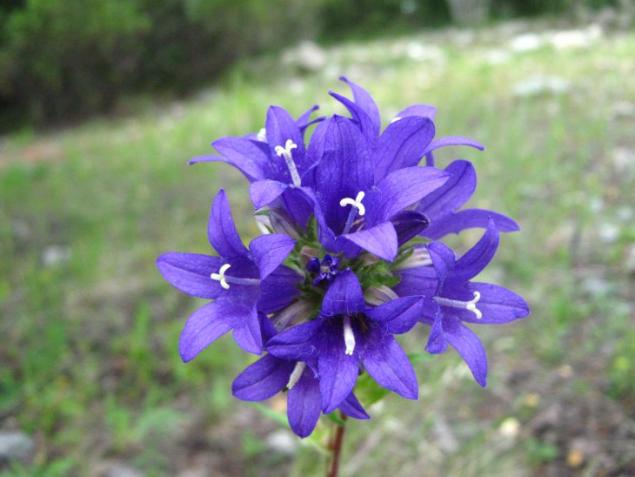
The ancient Germans, comparing him flowers with a helmet Torah, soaked in the juice of aconite weapons before going on a hunt, or to come to grips with the foe. The plant contains a deadly poison - aconitine
7.. Colchicum autumnal
This flower - the ideal candidate to decorate any country site. Unfortunately, the crocus is extremely toxic. Moreover, all parts are poisonous plants, both external and underground. Even take a flower in hand should be wearing gloves to avoid burns shlopotat.
8. Hydrangea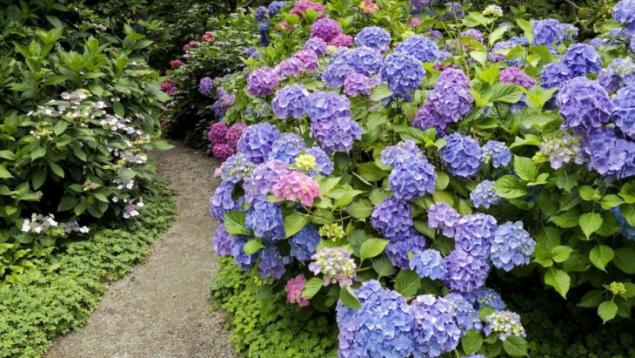
The plant is dangerous from the roots and to the tips of the leaves, but the most dangerous part of a bud. Effects of ingestion of even a piece of this plant will be the same as in the use of potassium cyanide! Respiratory distress, loss of consciousness, convulsions, rapid pulse, drop in blood pressure, and even death -. That's the price of careless handling of this lovely flower
9. Narcissus
Bringing a bouquet of daffodils in a house, you know that if it is to taste, then the consequences can be sad: nausea and vomiting, convulsions and loss of consciousness, in case of hypersensitivity can not be ruled paralysis and death
10.. Rhododendron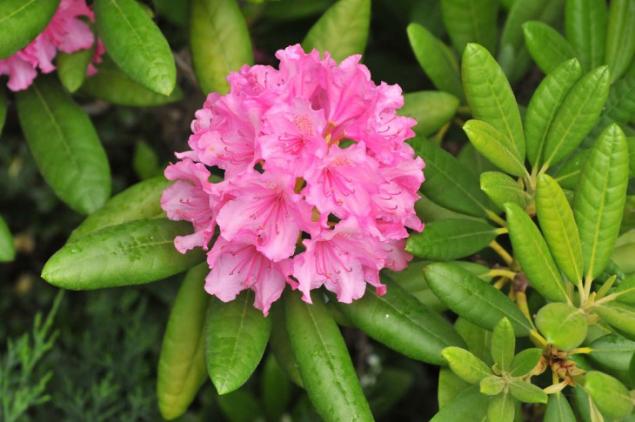
If you taste any part of this plant, dire consequences will not keep you waiting. The first symptoms become excessive salivation and lacrimation, and then it all goes in vomiting, slowing of heart rate and blood pressure drop.
via you-journal.ru/life/interesting/opasnaya-krasota-15-cvetkov-ubijc
Delphinium causes depression of the central nervous system with simultaneous action on the gastrointestinal tract, and cardiovascular system. In toxic doses, respiratory paralysis occurs accompanied by lesions of the heart.
2. Cicuta

This plant in the form of so innocently: white flowers, gathered in an idyllic umbrellas. But when using the juice of this plant begins severe abdominal pain, drooling, vomiting and diarrhea, followed by - convulsions, which may lead to respiratory arrest and cardiac
3.. Hemlock

Once in the human stomach juice (or broth) hemlock causes nausea, often - vomiting and diarrhea. There is a gradual loss of sensation and paralysis, starting with the feet. Hemlock takes only two hours to deal with the victim.
4. Digitalis purpurea

The most common foxglove flashes in detective stories by Agatha Christie. In her story "Dead grass" digitalis caused the death of a young girl and other ailments heroes. The plant was mixed with onions, and the resulting mixture stuffed with duck.
5. Belladonna

The plant, particularly the leaves, contains all known atropine and asparagine, lime and other more alkaline substances. Belladonna is highly toxic to humans, although herbivores eat it with impunity.
6. Aconite

The ancient Germans, comparing him flowers with a helmet Torah, soaked in the juice of aconite weapons before going on a hunt, or to come to grips with the foe. The plant contains a deadly poison - aconitine
7.. Colchicum autumnal

This flower - the ideal candidate to decorate any country site. Unfortunately, the crocus is extremely toxic. Moreover, all parts are poisonous plants, both external and underground. Even take a flower in hand should be wearing gloves to avoid burns shlopotat.
8. Hydrangea

The plant is dangerous from the roots and to the tips of the leaves, but the most dangerous part of a bud. Effects of ingestion of even a piece of this plant will be the same as in the use of potassium cyanide! Respiratory distress, loss of consciousness, convulsions, rapid pulse, drop in blood pressure, and even death -. That's the price of careless handling of this lovely flower
9. Narcissus

Bringing a bouquet of daffodils in a house, you know that if it is to taste, then the consequences can be sad: nausea and vomiting, convulsions and loss of consciousness, in case of hypersensitivity can not be ruled paralysis and death
10.. Rhododendron

If you taste any part of this plant, dire consequences will not keep you waiting. The first symptoms become excessive salivation and lacrimation, and then it all goes in vomiting, slowing of heart rate and blood pressure drop.
via you-journal.ru/life/interesting/opasnaya-krasota-15-cvetkov-ubijc
20 cool old photos of Russian stars in childhood
Scientists were able to see the very death! And capture it on video




